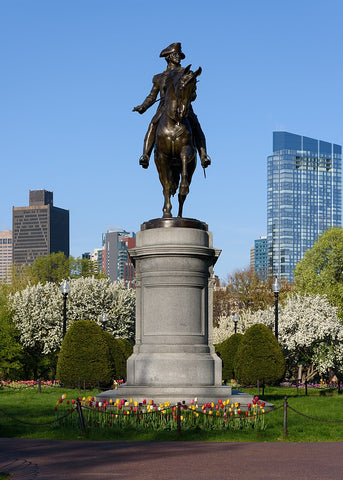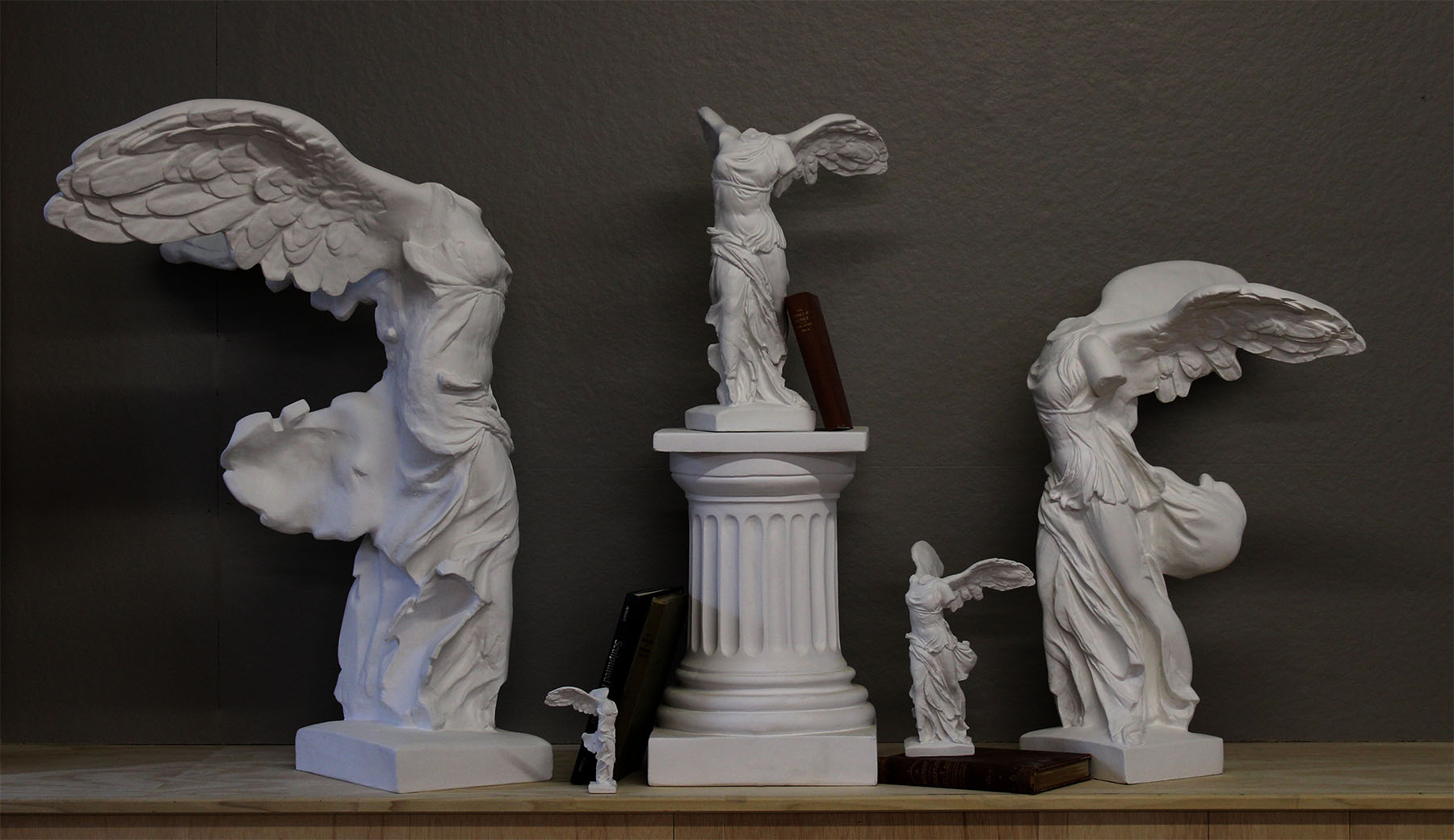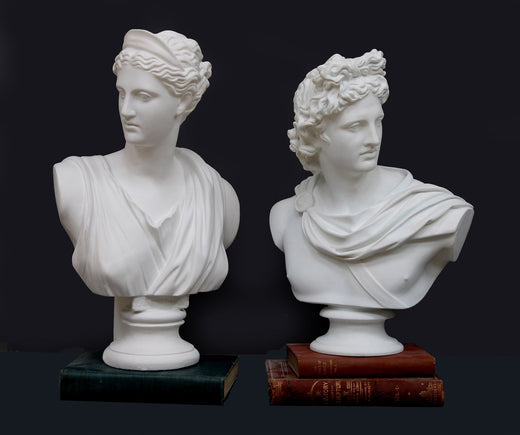GUEST POST BY MICHAEL FLETCHER

ALEXANDER HAMILTON REDUCTION - ITEM #421
How and when a socle is used
Pronounced “sō-kəl” or “sä-kel”, the socle’s most frequent usage in language tends to lean more towards its use in architecture, where it is defined as “a projecting usually molded member at the foot of a wall or pier or beneath the base of a column, pedestal, or superstructure.” In artistic terms, a socle is similar to a plinth (or pedestal), though it is generally reserved for smaller sculptures. For example, our Hermes bust sits atop a socle, while Boston Common’s George Washington statue features a large plinth.

George Washington bronze sculpture on plinth, located in Boston Common; Boston, MA
Origin of the word
According to Merriam-Webster, “socle” is a word of French origin, circa 1704, and is derived from the Italian zoccolo, or Latin socculus - both of which refer to types of footwear. With that in mind, it’s easy to see how the term came to be applied to a sculpture’s stylish means of support.
Unfortunately, not much specific research exists on the socle base, so it is difficult to pinpoint when exactly they began being incorporated into original artworks. It is, however, a common practice to add them onto restorations and reproductions, as seen on this marble portrait head and marble bust. If you browse through the busts in our collection and historic catalogs, you’ll notice that many of the casts feature socle bases.
We hope this interesting bit of sculpture trivia really knocked your “socles” off! Jokes aside, it’s always fun to learn more about your favorite pieces of art. Why not check out our entire collection and add a new favorite to your own home gallery?
Sincerely,
Michael Fletcher
Sources:
socle. (2022). The Merriam-Webster.Com Dictionary. https://www.merriam-webster.com/dictionary/socle
Wikipedia contributors. (2021, October 5). Equestrian statue of George Washington (Boston). Wikipedia. https://en.wikipedia.org/wiki/Equestrian_statue_of_George_Washington_(Boston)#/media/File:Boston_Public_Garden_May_2018_008.jpg
portrait head | British Museum. (2022). The British Museum. https://www.britishmuseum.org/collection/object/G_1805-0703-443
portrait bust | British Museum. (2022). The British Museum. https://www.britishmuseum.org/collection/object/G_1824-0201-4


Comments
Thanks, scopegranites!
Loved the blog about sculpture trivia! Very informative and enjoyable to read. Definitely worth checking out if you’re interested in art history.